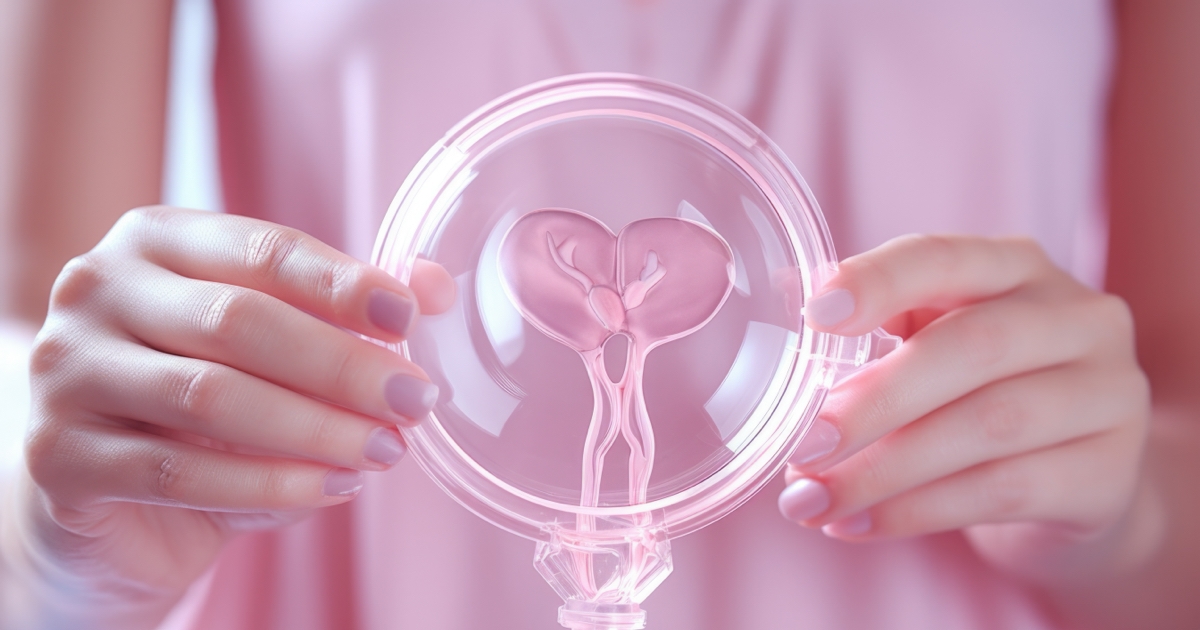For women diagnosed with cancer, fertility preservation has become an increasingly important aspect of care. At Arda Lembet’s clinic, protective reproductive strategies are offered before starting chemotherapy—especially in cases of breast cancer or hematologic malignancies.
Timeline and Options Before Treatment
There is typically a 6-week window before chemotherapy begins. During this period, three primary fertility preservation methods can be considered:
- Embryo cryopreservation: If the patient is married, eggs are fertilized with the partner’s sperm to create embryos, which are then frozen.
- Oocyte cryopreservation (egg freezing): For young or unmarried women, eggs are retrieved and frozen without fertilization.
- Ovarian tissue cryopreservation: A portion of the ovary containing primordial follicles is surgically removed and stored.
Among these, embryo freezing is the most established and well-studied. Egg and ovarian tissue freezing were once considered experimental, but advances in vitrification (ultra-rapid freezing) have made them more effective and widely adopted.
Breast Cancer and Fertility Preservation
Breast cancer is the most common cancer among reproductive-aged women, with 15% of cases occurring in women under 40. Today, the success rate of treatment has improved significantly, with 5-year survival rates approaching 90%.
However, chemotherapy can permanently damage ovarian tissue and reduce egg reserves. The risk of premature ovarian failure (early menopause) increases significantly after age 35.
Therefore, the treatment plan must now consider not only cancer survival but also the woman’s quality of life and future fertility potential.
Our Protocol and Workflow
Before treatment begins, ovarian reserve is first assessed. During the 6-week window following surgery or diagnosis, the following steps are taken:
- If the woman is married, eggs are fertilized with her partner’s sperm and embryos are frozen.
- If she is unmarried, eggs are retrieved and frozen unfertilized.
- If there is not enough time for egg retrieval, ovarian tissue is surgically removed and frozen.
- In vitro maturation (IVM) may also be used to mature eggs in the lab without raising estrogen levels, which is particularly important in hormone-sensitive cancers like breast cancer.
Note that once chemotherapy has begun, fertility preservation is no longer feasible. Chemotherapy significantly impairs ovarian function. That is why planning before treatment begins is critical.

